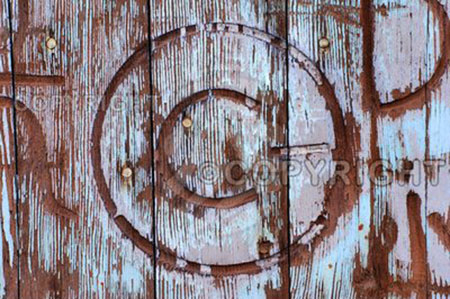|
from
TorrentFreak Website
Does publishing a hyperlink to freely available content amount to an illegal communication to the public and therefore a breach of creator's copyrights under European law?
After examining a case
referred to it by Sweden's Court of Appeal, the Court of Justice of the
European Union has ruled today that no, it does not. The European Union has been expanding since its creation in the 1950s and is now comprised of 28 member states, each committed to EU law.
One of the key roles of the EUís Court of Justice is to examine and interpret EU legislation to ensure its uniform application across all of those member states. The Court is also called upon by national courts to clarify finer points of EU law to progress local cases with Europe-wide implications.
One such case, referred to the CJEU by Swedenís Court of Appeal, is of particular interest to Internet users as it concerns the very mechanism that holds the web together.
The dispute centers on a company called Retriever Sverige AB, an Internet-based subscription service that indexes links to articles that can be found elsewhere online for free.
The problem came when Retriever published links to articles published on a newspaperís website that were written by Swedish journalists. The company felt that it did not have to compensate the journalists for simply linking to their articles, nor did it believe that embedding them within its site amounted to copyright infringement.
The journalists, on the other hand, felt that by linking to their articles Retriever had "communicated" their works to the public without permission.
In the belief they should be paid, the journalists took their case to the Stockholm District Court. They lost their case in 2010 and decided to take the case to appeal. From there the Svea Court of Appeal sought advice from the EU Court.
Today the Court of Justice published its lengthy decision and itís largely good news for the Internet.
However, the ruling also makes it clear that while publishing a link to freely available content does not amount to infringement, there are circumstances where that would not be the case.
So, in basic laymanís terms, if content is already freely available after being legally published and isnít already subject to restrictions such as a subscription or pay wall, linking to or embedding that content does not communicate it to a new audience and is therefore not a breach of EU law.
The decision, which concurs with the opinions of a panel of scholars, appears to be good news for anyone who wants to embed a YouTube video in their blog or Facebook page, but bad news for certain collecting societies who feel that embedding should result in the payment of a licensing fee.
|

